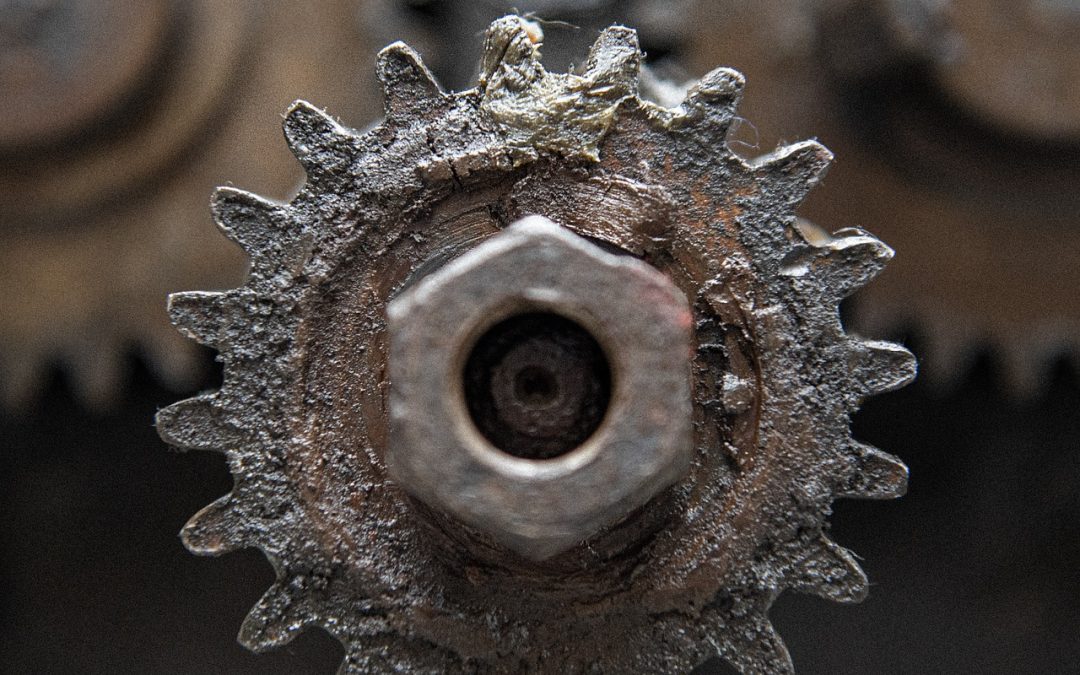As a business operating in the electrical industry, understanding how to rewind motors effectively is crucial for maintaining and repairing various types of machinery. In this blog, we will provide valuable insights into the fundamentals of motor rewinding, focusing on the importance of electric motor grease. Let’s dive into the world of motor rewinding and uncover the key elements necessary for success.
Understanding the Rewinding Process
Grease is a vital component in the rewinding process as it ensures the longevity and optimal performance of the motor. This specialized grease is a lubricant, preventing friction and wear between moving parts. It also provides insulation against moisture, dust, and other contaminants that may compromise the motor’s efficiency. Choosing the right electric motor grease is crucial, as different applications may require specific types with varying temperature ranges and viscosities.
Rewinding a motor involves several steps, starting with careful motor disassembly. Once disassembled, the old windings are removed, and the stator core is cleaned and inspected for any signs of damage. Next, new winding wire is carefully wound onto the stator core, considering the correct number of turns and wire gauge specified by the motor’s design. After the winding is complete, the connections are made, and the motor is reassembled. If this sounds complicated, don’t worry. LN Electric has professionals ready to help you.
Choosing the Right Wire
Selecting the appropriate wire for motor rewinding is essential to ensure the motor’s efficiency and longevity. The wire’s gauge and insulation type must align with the motor’s specifications to avoid overheating or insulation breakdown. It is crucial to consult the motor’s manufacturer or refer to industry standards to determine the ideal wire parameters for rewinding. Additionally, consider the application and environment in which the motor operates to select a wire that can withstand the required conditions.
Testing and Quality Assurance
Once the rewinding process is complete, rigorous testing and quality assurance procedures should be conducted. These tests help identify potential faults or performance issues and ensure that the rewound motor meets the required standards. Common tests include resistance testing, insulation resistance testing, and surge testing. Thoroughly examining the rewound motor before restoring it to operation helps prevent future breakdowns and guarantees its reliability.
By following this beginner’s guide, you are well-equipped to embark on your journey into the world of motor rewinding. The rewinding process requires precision, patience, and a commitment to quality, ensuring the reliable performance of motors and, ultimately, the smooth operation of various machinery. So, dive in and embrace the art of motor rewinding, setting the stage for success in your business endeavours.
Contact LN Electric
We hope this guide has provided a solid foundation for your motor rewinding journey. Good luck, and may your rewound motors power industries for years to come! Contact LN Electric today. Our seasoned professionals are ready to help you with all your electric motor and pump needs. Contact us today.


Thank you for this informative article on Electric Motors